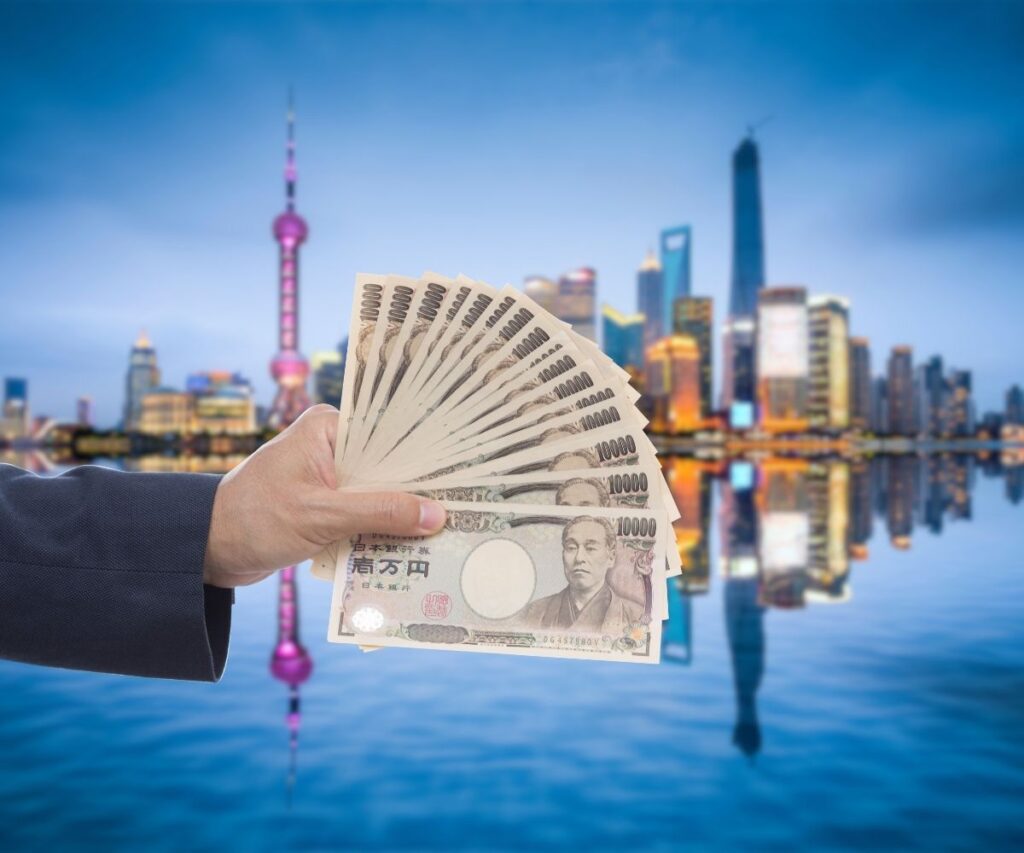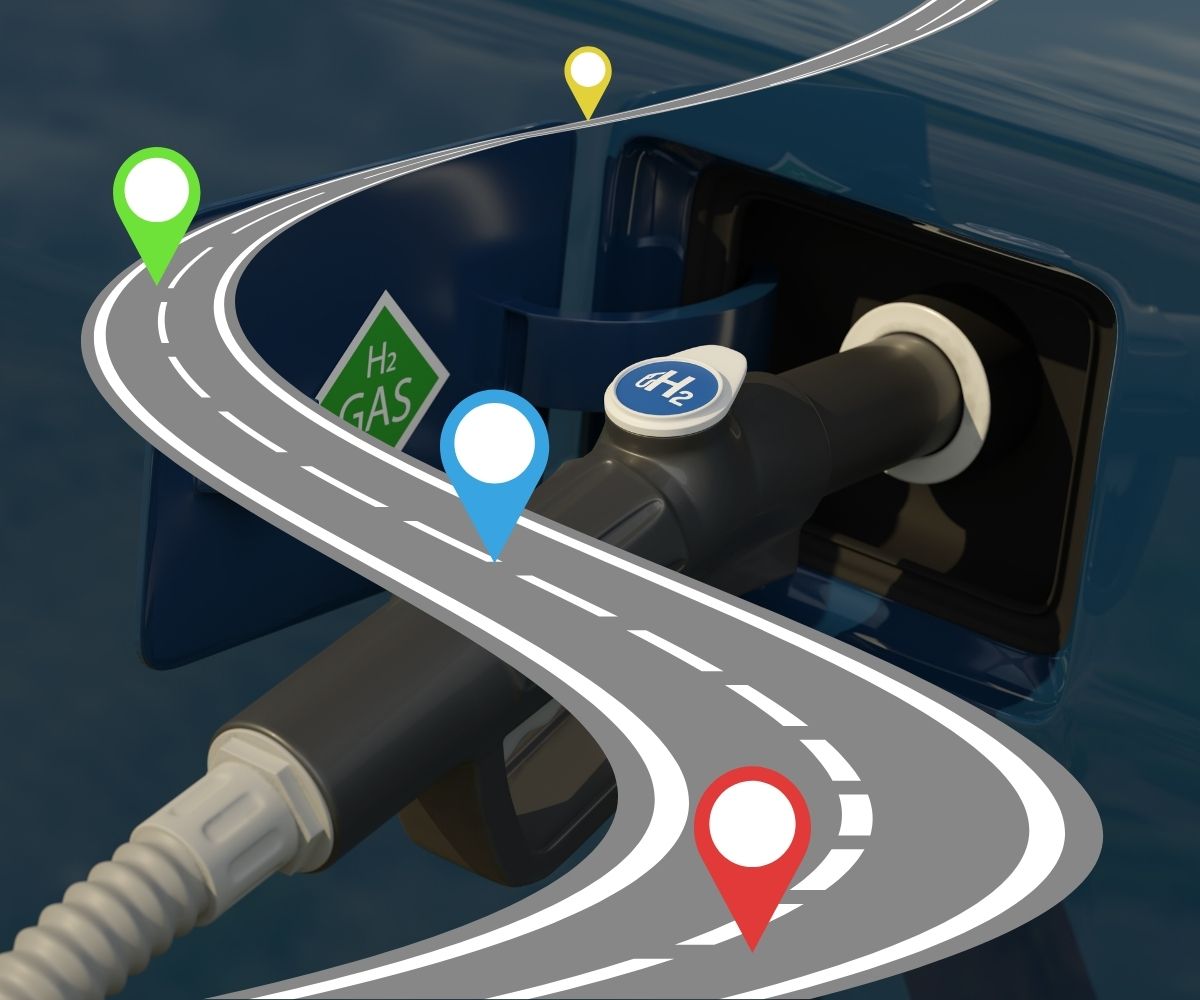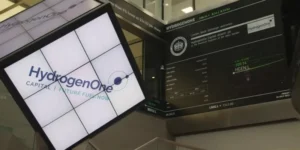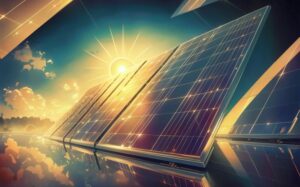China Unveils ¥300 Billion Subsidy Blitz That’ll Drive Hydrogen Vehicle Growth – Hydrogen Fuel News

China is taking significant steps to foster a greener environment through its latest subsidy program aimed at promoting hydrogen-powered and zero emission vehicles. The National Development and Reform Commission (NDRC) has unveiled a massive allocation of ¥300 billion ($41 billion) in subsidies. This ambitious initiative is part of a broader strategy to encourage both businesses and consumers to phase out polluting vehicles and equipment in favor of cleaner alternatives, particularly those powered by hydrogen.
These incentives are multi-pronged in their goals, including boosting consumer buying. By providing substantial financial support, the program aims to make cleaner technologies more accessible and attractive to consumers, thus accelerating the transition to a sustainable future.
The funding for this program will be sourced from ultra-long-term special government bonds, underscoring the Chinese government’s commitment to environmental sustainability and innovation in clean energy technologies.
Key Features of the Subsidy Program
- Subsidies for Ship, Vehicle, and Machinery Scrapping: Financial support will be provided for scrapping operating ships and vehicles, as well as agricultural machinery based on their capacity and emission volume.
- Support for New-Energy Buses and Battery Renewal: Increased subsidies will be allocated to facilitate the renewal of new-energy buses and their batteries.
- Home Appliance Trade-In Program: Consumers will receive subsidies ranging from 15 to 20 percent of the original price when trading in old home appliances.
- Enhanced Vehicle Scrapping Incentives: The subsidy for scrapping older vehicles will be raised to between 15,000 and 20,000 yuan.
- Hydrogen-Powered Vehicles: Special emphasis will be placed on promoting hydrogen-powered vehicles due to their clean-burning properties and potential for large-scale application.
China’s Ambitious Hydrogen Fuel Cell Vehicle Market
China’s hydrogen fuel cell vehicle market is on the cusp of remarkable expansion. Projections suggest that the market will see 10,000 units by the end of 2024, escalate to 50,000 units by 2025, and soar to over 1 million units by 2035. These ambitious forecasts underscore China’s commitment to paving the way for a sustainable future.
According to Ouyang Minggao from the Chinese Academy of Sciences, these optimistic projections are well-founded. Recent years have witnessed substantial advancements in fuel cell technology. The lifespan of fuel cells has impressively doubled from 10,000 to 20,000 hours, while costs have been reduced by half between 2020 and 2024. These improvements not only enhance the viability and attractiveness of hydrogen fuel cell vehicles but also reflect China’s dedication to fostering a cleaner and greener automotive industry.
Evolution and Future Timeline: China’s Hydrogen Vehicle Market Expansion
-
2020
- Significant advancements in fuel cell technology begin.
- Lifespan of fuel cells increases from 10,000 to 20,000 hours.
- Costs of fuel cells are halved.
-
2021
- China starts promoting hydrogen fuel cell vehicles through pilot schemes in several cities and provinces.
-
March 2022
- The National Development and Reform Commission sets forth a long-term plan for hydrogen energy.
- This plan aligns with China’s goal of achieving carbon neutrality by 2060.
-
2023
- Sales of fuel cell vehicles reach 5,805 units, marking a 72% increase from the previous year.
- Projections for the year aim for 10,000 units, with approximately 1,000 units sold in the first four months.
-
End of 2024
- The market for hydrogen fuel cell vehicles is projected to reach 10,000 units.
-
2025
- Market projections suggest an escalation to 50,000 units.
-
2035
- The hydrogen fuel cell vehicle market is expected to soar to over 1 million units.
China’s Comprehensive Hydrogen Ecosystem
China’s hydrogen ecosystem encompasses:
- Production
- Storage
- Transportation
- Processing
This holistic approach is fundamental to achieving the country’s ambitious targets and ensuring a sustainable transition from fossil fuels.
Production of hydrogen involves various methods, including:
- Steam reforming of natural gas
- Electrolysis powered by renewable energy sources (green hydrogen)
Storage technologies include:
- Pressurized tank storage
- Metal hydrides
Transportation infrastructure developments:
- Short-distance pipelines
- Liquid hydrogen storage facilities
- The Ulanqab-Beijing hydrogen pipeline (China’s first long-distance hydrogen pipeline)
Processing hydrogen to meet required purity standards for fuel cells and other applications is crucial. China has developed technologies to purify hydrogen to the necessary levels, making it suitable for various sectors.
Pilot programs in cities such as Beijing, Shanghai, and Guangdong have been instrumental in testing and showcasing hydrogen fuel vehicles’ capabilities in real-world conditions.
“By leveraging advancements in production, storage, transportation, and processing, and learning from pilot programs, China is paving the way for widespread adoption of hydrogen fuel cell vehicles and setting a global standard for sustainable transportation solutions.”
Challenges and Strategies for Hydrogen Vehicle Adoption
While the potential for hydrogen fuel cell vehicles in China is significant, several challenges must be overcome:
- High cost of hydrogen vehicles
- Expensive components (fuel cells, infrastructure)
- Availability of low-cost green hydrogen
To address these challenges, the Chinese government has implemented various measures:
- Substantial funding for advancing hydrogen technologies
- Subsidies for hydrogen production
- Incentives for hydrogen fuel cell vehicle manufacturers
Companies like Hesteel Group Co Ltd. and Zhizi Automobile Technology Co. Ltd. are pivotal in achieving economic viability throughout the supply chain by:
- Leading advancements in reducing hydrogen production costs
- Operationalizing hydrogen truck routes
Improving hydrogen fuel cell lifespans and reducing maintenance costs will be crucial. The doubling of fuel cell lifespans from 10,000 to 20,000 hours over the past four years exemplifies how investment in R&D can yield significant improvements.
While challenges persist, China’s holistic approach – encompassing regulatory support, technological advancements, and strategic industry moves – positions it well to become a global leader in hydrogen fuel cell vehicle deployment. As the nation progresses toward its carbon neutrality goal for 2060, the cohesiveness of its hydrogen strategy will be paramount in overcoming these challenges and realizing the market’s full potential.
Implications for the Market
China’s new subsidy program marks a monumental step toward a cleaner, more sustainable future. By investing ¥300 billion in the replacement of polluting vehicles with hydrogen alternatives, the NDRC is not only promoting environmental health but also positioning China as a leader in green technology and renewable energy adoption.
For consumers, the financial incentives make transitioning to hydrogen-powered vehicles more attractive, potentially leading to increased demand and subsequent reductions in costs due to economies of scale. This shift will also contribute to improved air quality and reduced greenhouse gas emissions across the country.
- Liu J, Zhang W, Zhou L, et al. Development of hydrogen fuel cell vehicles in China: A review. J Energy Chem. 2022;64:578-596.
- Xing Y, Chen Y, Fan Y, et al. Progress and prospects of hydrogen fuel cell vehicles in China. Renew Sustain Energy Rev. 2021;146:111-180.
- Zhang X, Chan SH, Ho HK, et al. Towards a sustainable energy future: China’s long-term strategy for hydrogen energy development. Int J Hydrogen Energy. 2021;46(21):11568-11583.






